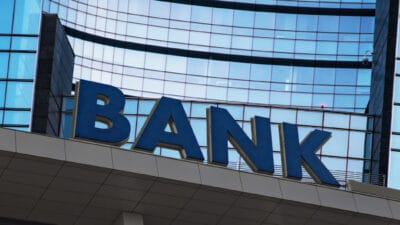Is the National Australia Bank Ltd (ASX: NAB) share price a buy for its large dividend yield?
NAB currently offers investors a grossed-up dividend yield of 8.7% at the current share price, assuming the final dividend of FY19 is another $0.88 payment after the dividend cut from FY18.
The big ASX bank has seen its share price rise 22% during 2019 so far thanks to a number of factors including the positive royal commission recommendations, the Liberals election win, RBA rate cuts and APRA's interest rate buffer change.
Imagine if NAB was still paying a dividend of $0.99 per share every six months, its grossed-up dividend yield would be almost 10% – probably a bit too high in this environment.
Regulators in Australia and New Zealand want the local banks to hold more capital so that they will be unquestionably safe even in a downturn.
It's understandable why APRA wants Commonwealth Bank of Australia (ASX: CBA), Westpac Banking Corp (ASX: WBC), Australia and New Zealand Banking Group (ASX: ANZ) and NAB to be safe because Australia will have a downturn at some point. Most people bank with one of these big four banks (or their subsidiaries), so there can't be any doubt about their financial positions.
The royal commission remediation is taking big bites out of bank profits at the moment. NAB recently revealed another $1.19 billion of customer-related remediation that will be recognised in the FY19 result. That reduces the potential dividends for shareholders, not good!
As long as NAB's underlying earnings can be maintained then the dividend is unlikely to drop further. But there's a lot more competition from alternative lenders, non-bank lenders and tech companies biting at NAB's market share in various sections of its earnings. Can NAB do well from just mortgages and large business loans?
Foolish takeaway
NAB is trading at under 13x FY20's estimated earnings. This looks cheap compared to the market, and I like NAB's new leadership team, but I'm not sure I want to be buying ASX banks with the negative direction that interest rates and net interest margins (NIMs) are going.








